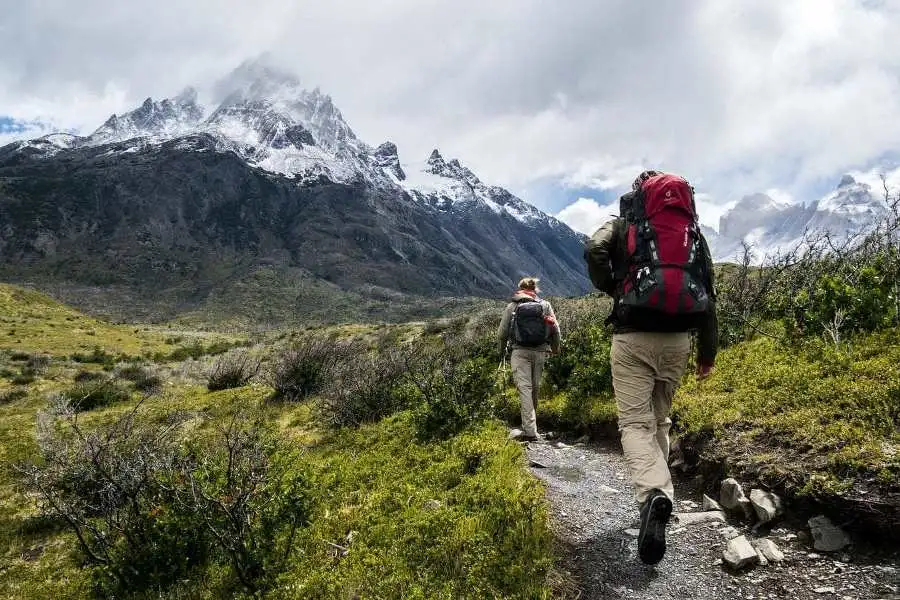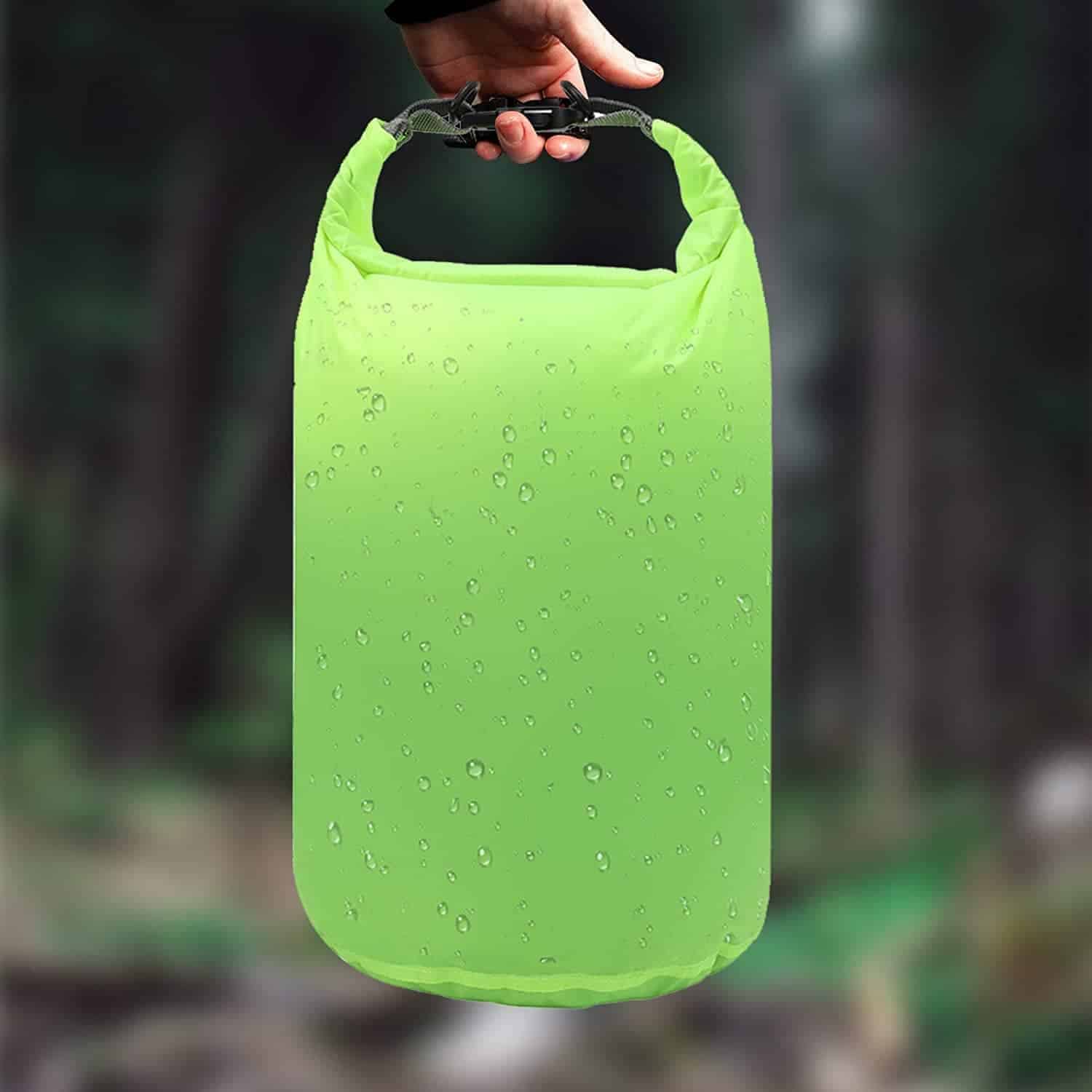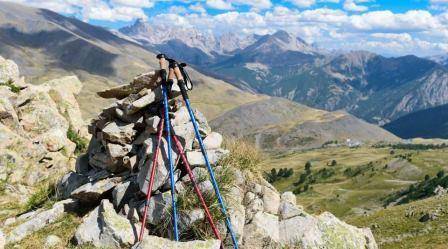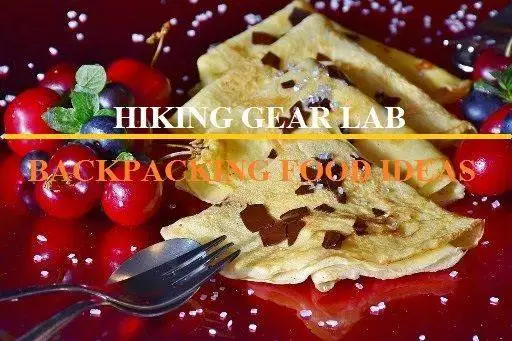The sun is out, the birds are singing, and it’s looking like another picture-perfect day straight out of a fairy tale. You shoulder your gear and continue your hike up the trail soaking in the sights, sounds, and smells of nature all around you. Meanwhile, there’s one pesky problem nagging at the back of your mind. It starts off as mild discomfort, just mere friction between your heel and your brand new hiking boots.
Normally, this escalates till walking becomes almost unbearable and you can’t continue. You take off your boots to inspect the area and find what looks to be turning out to be a pretty bad blister. You swallow your luck and hobble back down the trail, another great hike ruined. Here comes the importance of learning about how to prevent blisters on heels from boots.
Blisters are one of the most common problems people experience when backpacking or hiking. They usually occur when your skin rubs against your socks or shoes for an extended period. The shoe may either be too loose (allowing undue movement) or too tight (therefore pressing too tightly against the skin). These pesky injuries may look minor but they can be extremely painful and put a damper on the whole trip.
So we’re here to tell you how to avoid those annoying blisters on your, what to do when you notice them and how to choose just the right shoes for you.
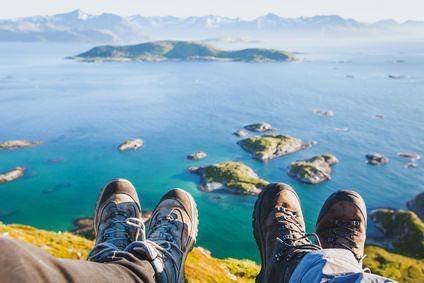
How to Prevent Blisters on Heels from Boots :
Observe the following tips:
1. Find the Right Fit
2. Invest in Good Socks
3. Break in your Boots
4. Dry Feet mean Fewer Blisters
5. Take Care of Your Feet
1. Find the Right Fit
Most blisters are caused by excessive friction between your skin and footwear. Several things contribute to this, but the most common cause as anyone can tell you are ill-fitting shoes. Wearing footwear that’s either too loose or too tight can significantly contribute to blister formation. In fact, they promote undue movement and excess pressure respectively.
No matter how much of a waste of time it seems, it is very important to invest time and effort to find the hiking boots that are just right for you. Make sure your toes aren’t squeezed together and have enough room to wiggle around, also ensure the heels are snugly and securely so they won’t lift up when you walk. If they don’t fit snugly enough on can try using insoles, but more on that later.
2. Invest in Good Socks
After finding the right boots, make sure you invest that same energy in getting the right hiking socks. Get socks that keep your feet warm and dry, while also allowing them to breathe. Wool is an excellent material for this, so getting a pair of woolen socks is probably a good idea. Whether thick or thin is pretty much up to you. On the other hand, the thicker socks probably provide more protection against the constant rubbing on your heel and by extension provide better protection against blister formation.
3. Break in your Boots
As most people must have noticed, hiking shoes get a lot more comfortable the longer you’ve worn them. We all have that particular pair of cozy shoes that we’ve worn to rags but are reluctant to throw away because they seem almost molded just for your feet. Breaking in your hiking boots is an extremely important aspect of blister Prevention. Stiff boots rub against the heel and cause blisters much more quickly. So it’s advisable to walk around in the boots for a few days and get really comfortable with them before hitting the trail, even if they are your perfect size.
4. Dry Feet mean Fewer Blisters
It’s normal for your feet to get all hot and sweaty while on the trail, this can lead to the feet swelling up as the day goes on, making once comfortable boots a size too small. To prevent this we recommend getting socks that are highly breathable, as well as trying foot powder to help absorb the moisture.
Another neat trick, especially on multi-day hikes is to ensure you dry out your boots every day after a long hike. Actually, this may be done besides the campfire or just by stuffing them with towels or tissue. Always, remember to pack an extra pair of socks in case it rains or if you step into a puddle and get your feet soaked. It is recommended to change your socks at least once a day during multi-day hikes. Also, remember to take off your boots and let your feet breathe at every opportunity you get.
5. Take Care of Your Feet
Treat your feet like kings. Trim your toenails, give yourself a foot massage and ensure your boots are free of rocks and debris. When off the trail, soak your feet in warm water and Epsom salts or just find a clean source of cool water and soothe your tired toes.
Always, make sure your feet are properly dried before putting your boot back on. Inspect your feet regularly, especially the blister “hot zones” like the heels and the top of your toes. At the first sign of an impending blister begin first aid treatment immediately, which brings us to the second part of this article.
How to Treat a Blister while Hiking
First of all, your blister first-aid kit has to contain a few essential items such as
- Tweezers
- Alcohol wipes
- A small pair of scissors
- Antibiotic ointment
- Adhesive
- Waterproof bandages
Conclusion:
So if you notice a blister the best thing to do is to disinfect the area with alcohol wipes. If the blister is large, pop it with a sterilized safety pin to reduce the risk of infection. Of course, this can be done by wiping the pin thoroughly with alcohol or heating it over a fire till it burns red hot.
In fact, once the area is sterilized apply the antibiotic ointment and cover the area firmly with a bandage. Remember to uncover the area every night to slow the blister to breathe. Change the bandage on a daily basis and keep the area clean and dry. Remember that prevention is better than a cure, so the best way to treat a blister is to avoid getting one in the first place.
Disclaimer
All the information displayed in this article is in good faith and is exclusively meant for educational purposes. Under no circumstances should the images, graphics, texts, and other materials created by this article be perceived as medical treatment, diagnosis, or instruction. Only seek professional medical advice from a qualified physician concerning any medical condition.
In the event of a medical emergency, contact the nearest medical facility for assistance. Do we neither endorse nor recommend any particular claims, opinions, procedures, or products highlighted directly on the site or through links to an external website.
Always, we deduce some of the information from our outdoor, hiking, or camping experience and do not provide any warranty regarding its accuracy, completeness, reliability, and accuracy. Therefore, any action undertaken because of the information available on this website Hiking Gear Lab is entirely at your own risk. We will not be in any way accountable for damages or losses incurred through the reliance on the information on our website/this article.
Always, consult your physician or a qualified medical professional for exact information before making a decision on changing your lifestyle or diet depending on the information given in this article.

